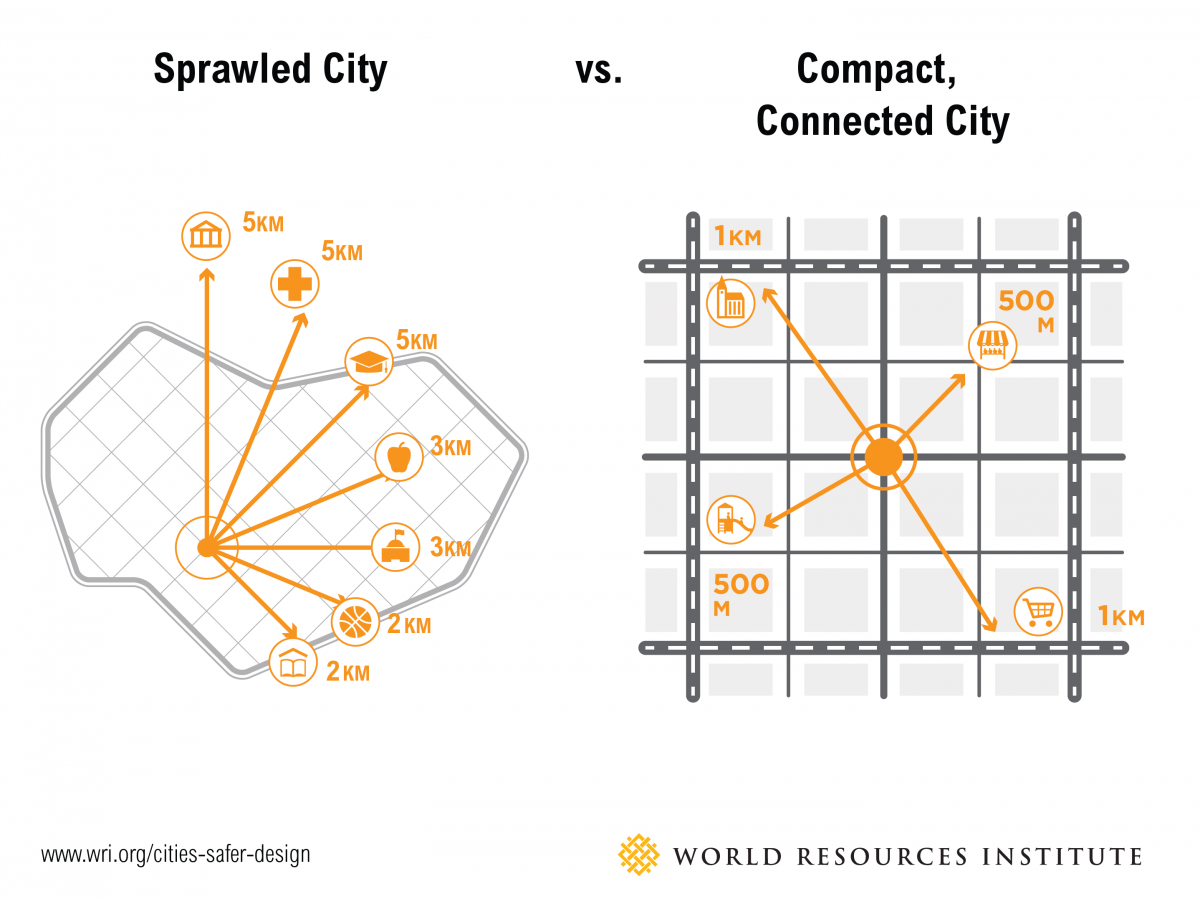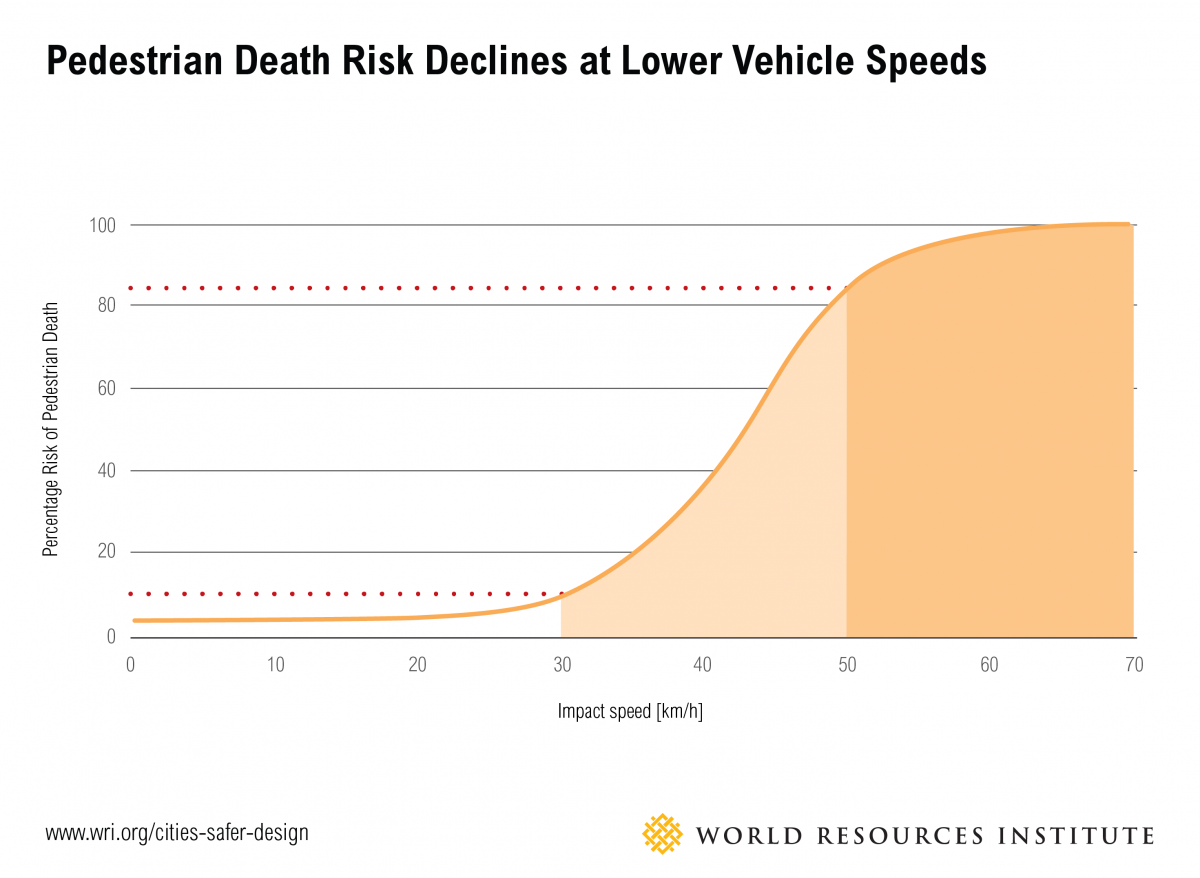24 July 2015 In News
WRI Released Reference Guide for Road Safety in Cities
‘Cities Safer by Design’ is a global reference guide, published by WRI Ross Center for Sustainable Cities and its EMBARQ sustainable urban mobility initiative, to help cities save lives from traffic fatalities through improved street design and smart urban development. This hands-on guide taps examples fromcities worldwide and includes 34 different design elements to improve safety and quality of life.
More than 1.3 million people are killed in traffic crashes worldwide, mostly pedestrians, making traffic fatalities one of the leading causes of death in cities, especially in developing countries. Children, elderly, and poor people are particularly vulnerable. The report from WRI Ross Center for Sustainable Cities and made possible through funding by Bloomberg Philanthropies includes more than 30 specific urban design recommendations for urban planners and policymakers.
The report focuses on improving infrastructure for pedestrians, bicycling, and mass transport.

Main objectives:
- Building and retrofitting urban environments to reduce the need for individual vehicle trips
- Reducing vehicle speeds in areas where cars, pedestrians and cyclists mix
- Avoid urban sprawl
- Slow down road traffic
- Ensure main streets are safe for everyone, not just cars
- Create dedicated space for pedestrians
- Provide a safe, connected network for cyclists
- Ensure safe access to high-quality public transport
- Use data to detect problem areas

Recommendations for specific design elements proven to improve traffic safety, include:
- Smaller block sizes
- Frequent street connections
- Narrower streets
- Access to destinations in compact urban environments that alleviate the need for vehicle travel
- Traffic calming measures such as speed humps, chicanes, curb extensions, raised pedestrian crossings and other elements
- Arterials and intersections that reduce conflicts between road users by providing clear crossings, medians and refuge islands
- Pedestrian facilities ranging from pedestrian-only areas to basic, consistent sidewalks
- Bicycling networks that feature protected bicycle lanes and special attention to design at intersections
- Safety improvements around mass transport stations and corridors
“Safety and design go hand in hand. Making cities safer is not just about changing behavior, it’s also about creating an urban environment that rebalances use of public space between cars and pedestrians and cyclists, assigning priority to the latter and reducing vehicle speeds,” said Ellis Juan, General Coordinator, Inter-American Development Bank’s (IDB) Emerging and Sustainable Cities Initiative (ESCI). “This guide gives practical advice that works for both the world’s largest metropolises and growing cities in the developing world.”
Cities Safer by Design contributes to a growing body of research on how to improve urban design for people in developing countries. WRI Ross Center for Sustainable Cities’ staff and partners will conduct workshops and on-the-ground projects in Brazil, China, India, Mexico, and Turkey to identify additional best practices and will incorporate new examples into future editions of the report.
See the press release here.